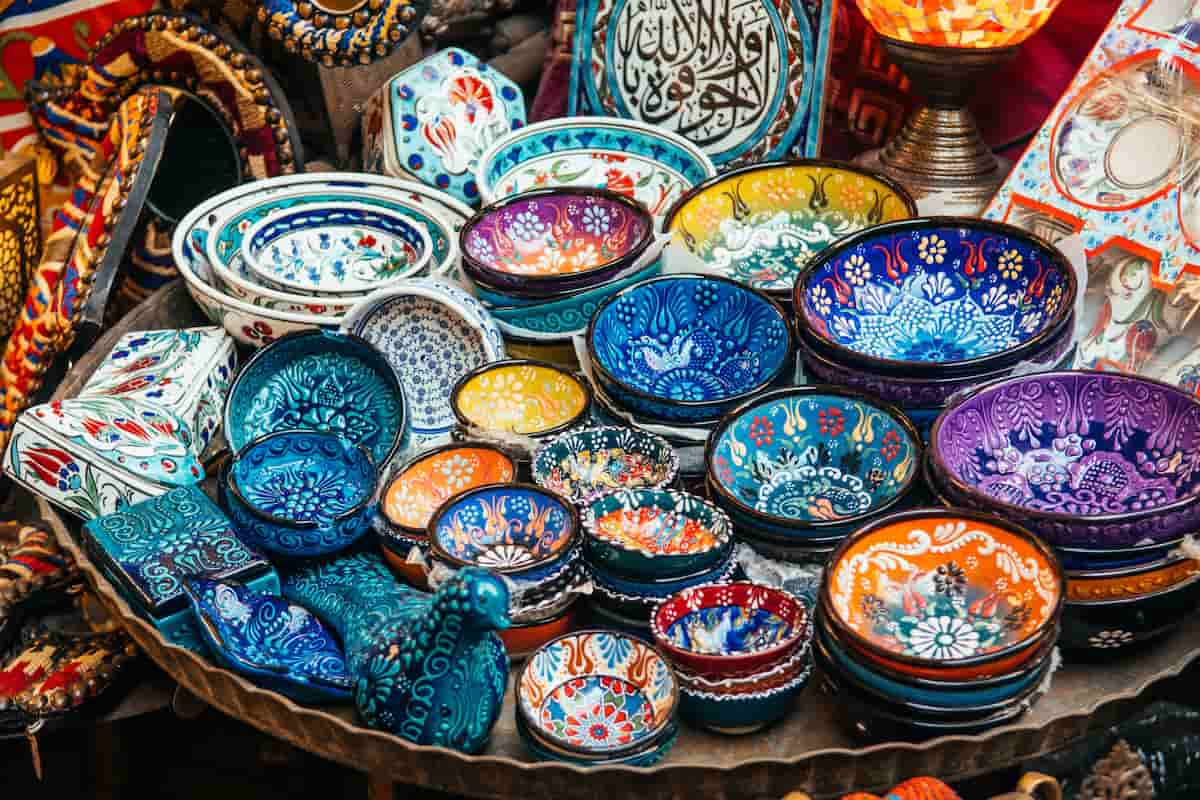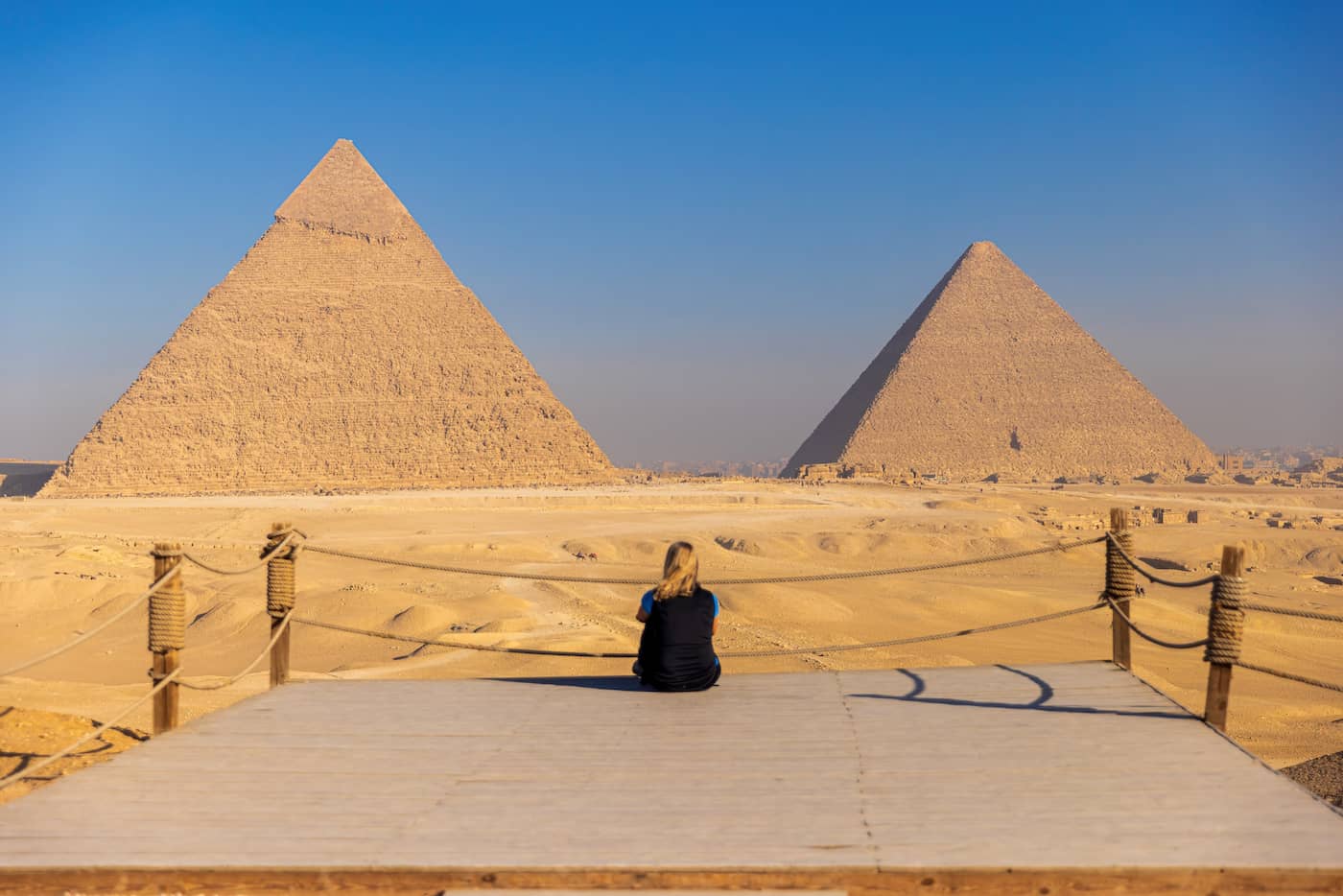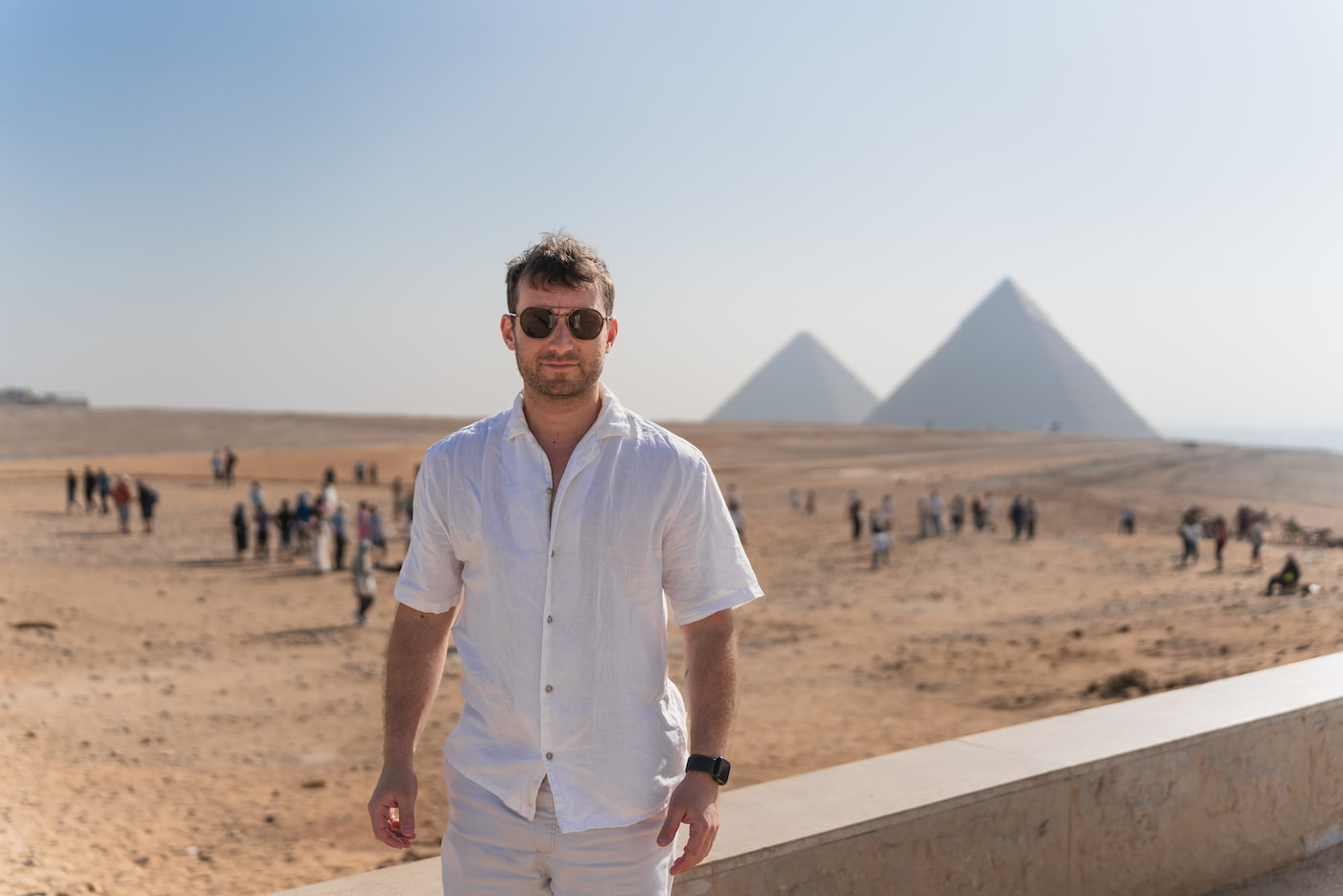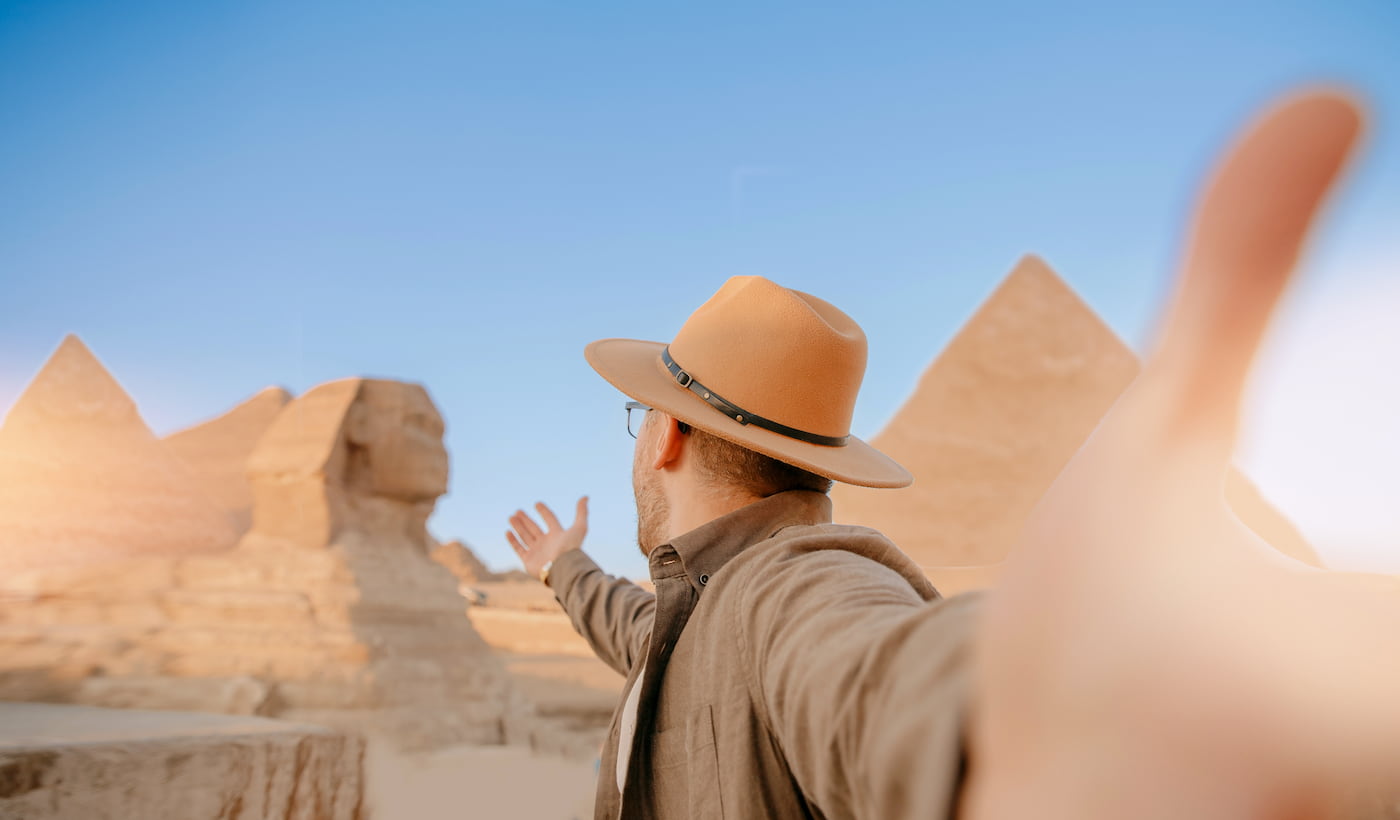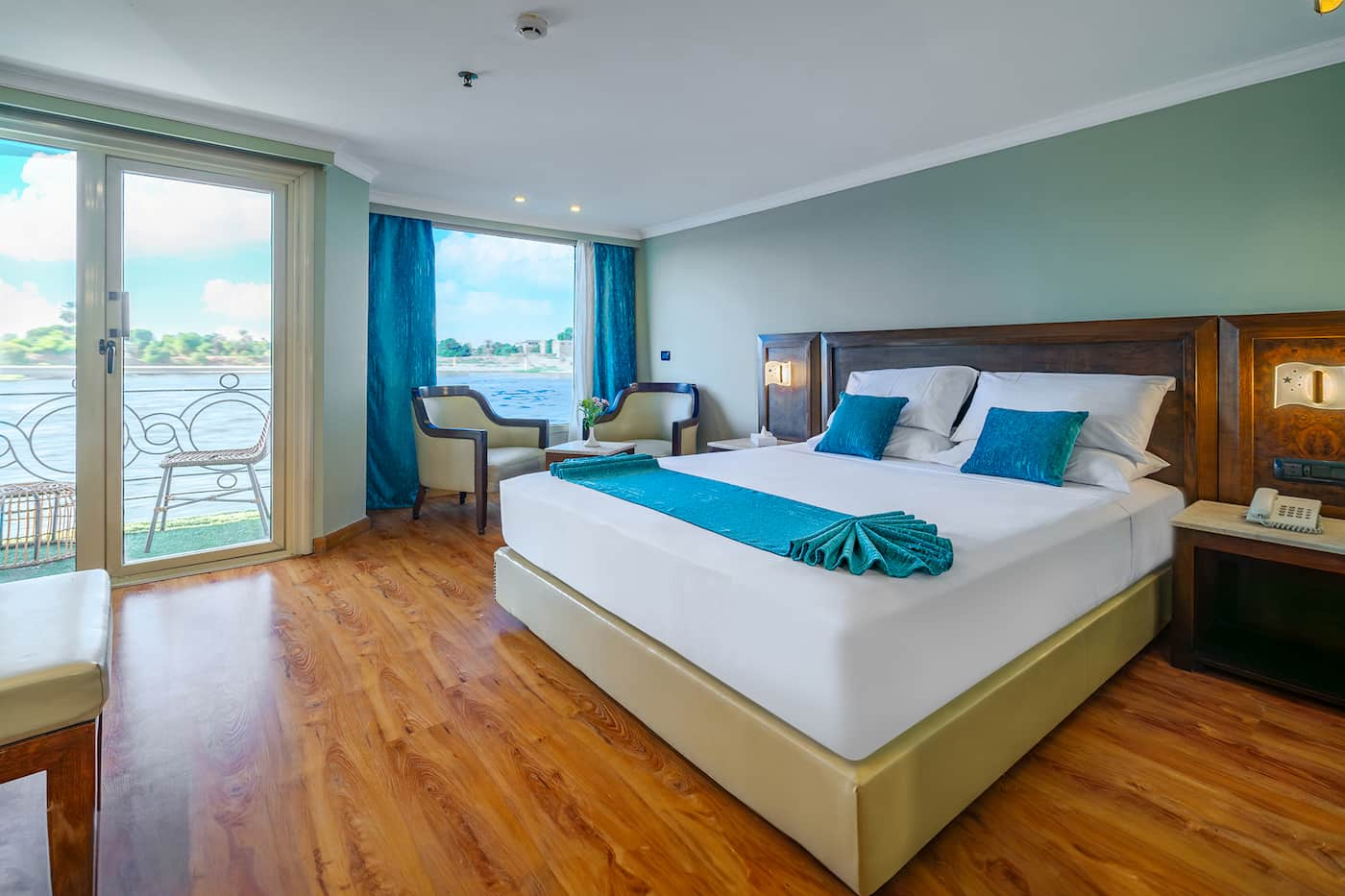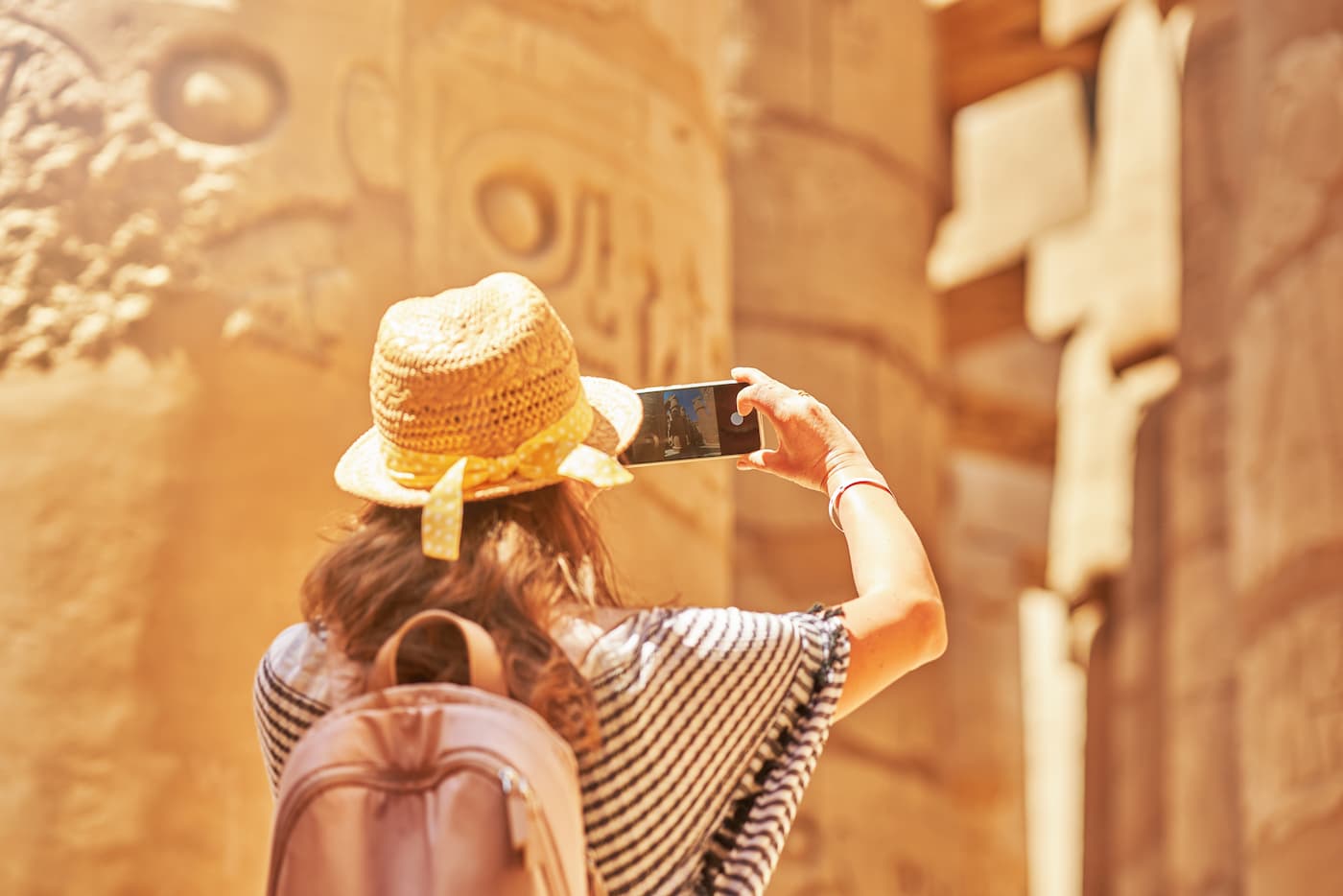Why Egyptian Souvenirs Are So Special
Egypt souvenirs are not just gifts or decorations but are, in a way, little pieces of this long and diversified history of the country. Egypt has gone through a long period in history, right from ancient civilization, pyramids, pharaohs, to gods with enormous power, entities that grasped one’s imagination. Visitors wish to take away from these incredible places and stories, stores of mementos. These souvenirs take travelers back down memory lane, to the time when their great experience happened, and allow them to share the joy with fellow travelers or their families.
The larger chunk of Egyptian souvenirs is related to actual traditions and history that, thereby, render many of them unusual. For instance, a papyrus scroll might depict ancient gods or hieroglyphics just as the gods and hieroglyphics were displayed thousands of years ago. Scarab beetles, Eye of Horus amulets, or even tiny pyramids are not only neat items; they are imbued with meanings. They were utilized in ancient Egypt for protection, health, and good luck.
Some are great historical and cultural reminders, while others are created by local artisans who are keeping their ancient trades alive, using crafts that even time itself is gradually wearing out. These carry so much warmth and love into every souvenir item. Be it a necklace with your name inscribed in hieroglyphics or a small statue of a pharaoh. This means practically a little bit of Egypt is tied to this souvenir. Tourists love to buy souvenirs; it is their way of taking a little bit of Egypt along with them.

Must-Have Egyptian Souvenirs to Take Home
A wide variety of items are sold as souvenirs to tourists, all the more popular among them being Egyptian papyrus paintings. These are paintings done on papyrus sheets, commenced just like the ancient Egyptians used to. You will find scenes of gods, pharaohs, or famous symbols painted in bright colors. Another popular one is the cartouche pendant, which is shaped like an oval form with hieroglyphic letters. It is an ever-so-charming and personal gift of having one’s name inscribed in ancient Egyptian writing. You can wear it and cherish it for the rest of your life.
Aside from these, mini pyramids, models of the Sphinx, or statues of gods such as Horus, Anubis, or Bastet are also much desired by many. These replicas measure up to a prominent landmark of Egyptian mythology. Scarab amulets are yet another favorite; those scarabs are beetle-shaped and supposed to grant you luck and protection. Also, Egyptian spices, incense, and traditional perfumes make great gifts. They come in all manner of colorful glass bottles and smell heavily sweet. Don’t forget to pick up a scarf made from fine Egyptian cotton, some handcrafted jewelry, and perhaps a pretty lantern from the bazaars of Khan El Khalili.
Each of these souvenirs tells a tiny story about Egypt. They are meaningful, affordable, and easy to carry, making them perfect gifts for oneself or friends.
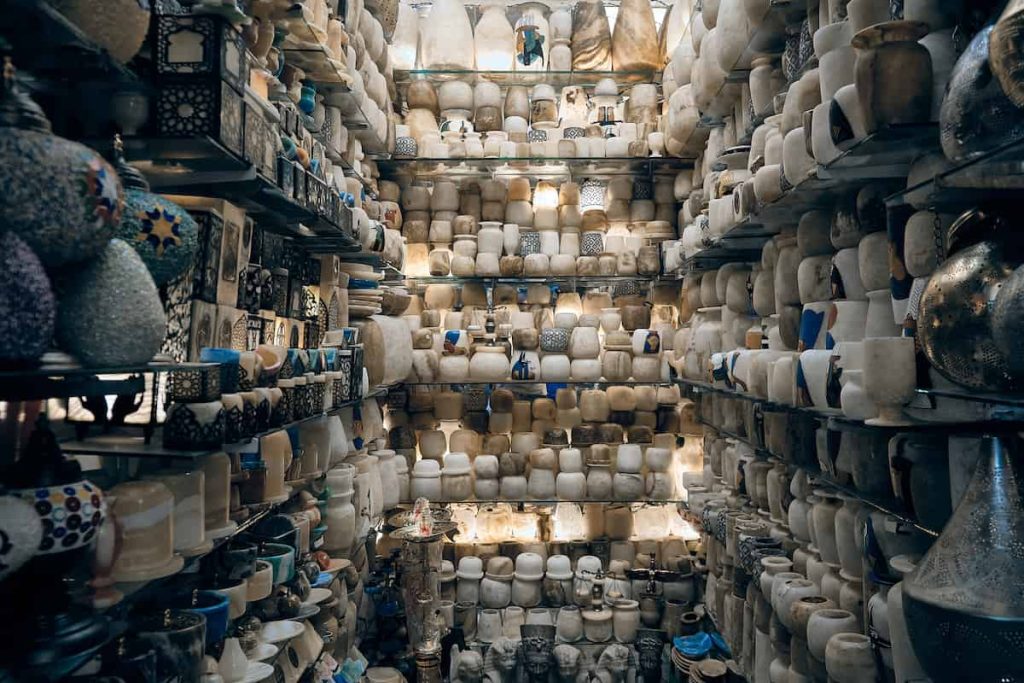
Best Places to Shop for Authentic Souvenirs
In Egypt, the finest place for buying souvenirs is the Khan El Khalili market. This gorgeous, colorful bazaar is composed of multiple miniature shops selling everything from jewelry to spices. Walk down the narrow alleys, talk to some lively shopkeepers, and be fascinated by hundreds of beautiful handcrafted items. If you head to the outer parts of Luxor and Aswan, here too are abundant workshops and markets. Since these cities lie close to ancient temples and tombs, you commonly get statues, carvings, and paintings inspired by true Egyptian history. Most of the residents here actually make things themselves by using traditional instruments and patterns.
Museum gift shops are also very good for souvenir shopping. You get official items here, such as books, replicas of ancient artifacts, and quality gifts. They may cost more, but you are guaranteed to be authentic. You should ask your guide to point out the trustworthy shops to avoid buying fake papyrus or very cheap souvenirs. Also, ask the stores if they offer demonstrations on how the items are made; it’s worthwhile, and you learn some fun!
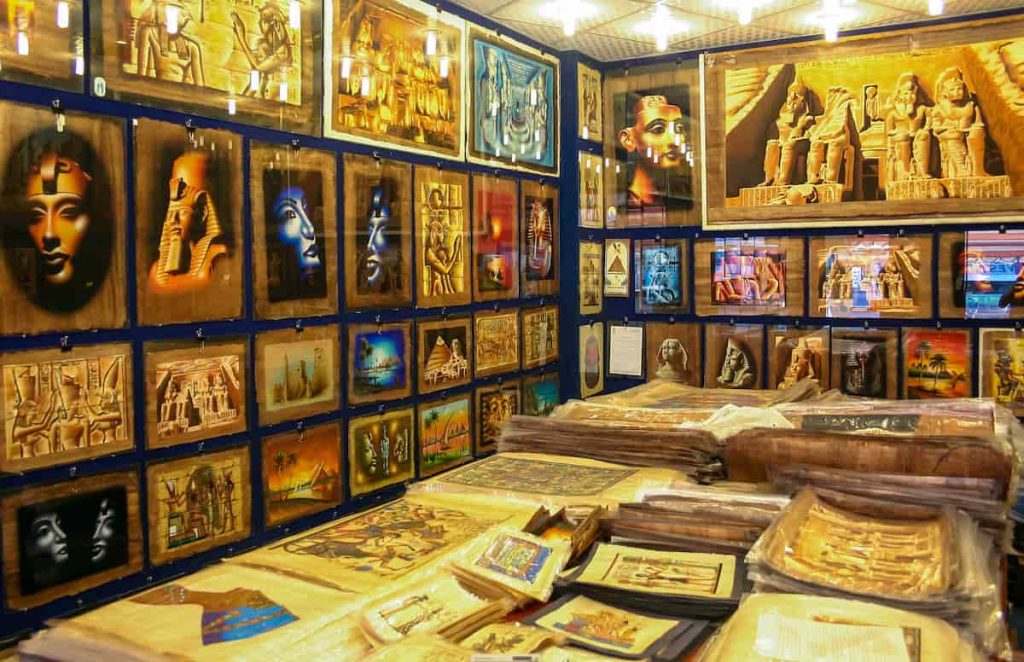
Tips for Buying Souvenirs in Egypt
Shopping in Egypt can be a lot of fun, but it helps if you are armed with a few insider tips—orchestrate a purchase of the very best souvenirs without overpaying. Bargain. It is not put into words in many shops and markets that the price for an item is not fixed on that day. The sellers expect you to seriously try and get a better deal. Just be polite, always smile, that’s part of the culture!
Second, beware of items that claim to be real antiquities. It’s illegal to take away any actual artifact from the country. So if someone is telling you that they’re selling things from thousands of years ago, they are probably lying, or it is illegal. Instead, look to find the replicas that are made to look ancient yet safe to buy and take back home. Ensure that the papyrus is genuine and not made from banana leaves. It should feel coarse and be made in layers. These shops will even let you watch the process of making papyrus is a good sign! For jewelry, particularly gold and silver, always heed the shops that give you a certificate. Carry along with you bubble wrap or cloth for packing any fragile souvenir glass bottles or statues, to name a few, so they don’t get broken while going home.
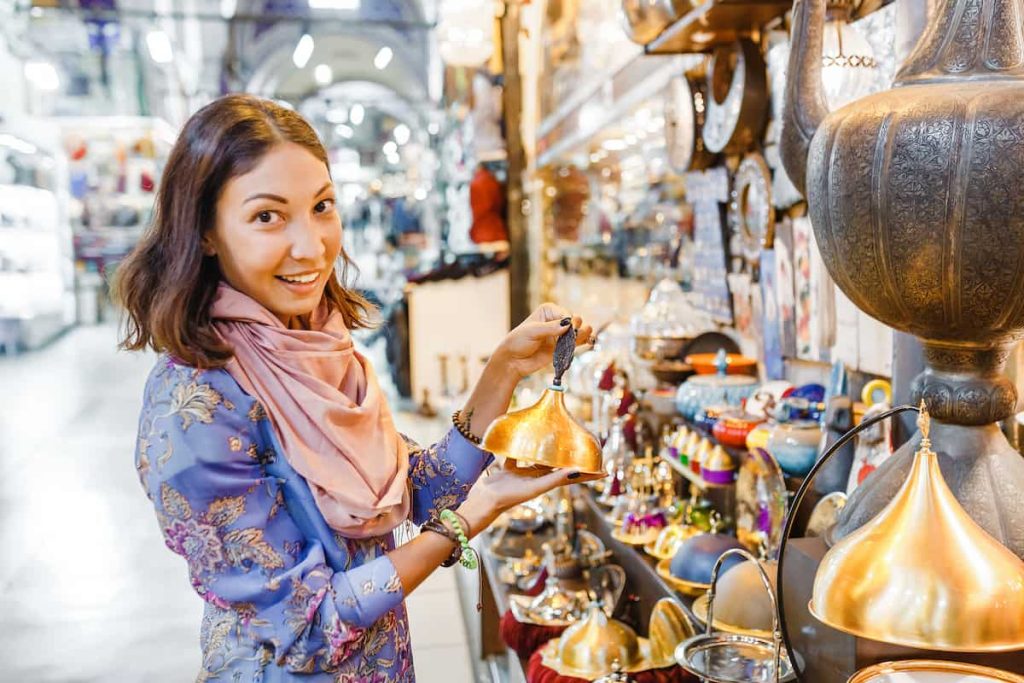
Souvenirs With Meaning: More Than Cute Gifts
Egyptian souvenirs are far from ordinary trinkets; on the contrary, they can embody history and folklore stretching back thousands of years into the past. Take the Eye of Horus, for example, green and calming if one believes the lore, then it is supposed to ward off ill danger and grant healing to the person in need. The Ancient Egyptians wore it as an amulet, painted it on boats, or carved it into tombs.
Another potent symbol is the life sign, the ankh, a cross with a loop for a handle. Its importance is based on the fact that the gods themselves were purported to carry it in temple engravings. Now, perhaps, a lot of people wear it as a charm of good health, happiness, and protection. Another powerful emblem was the scarab. It signified rebirth and transformation. Ancient Egyptians commonly wore scarab amulets or fastened them onto jewelry, placed them in tombs, and upon scrolls as a blessing for good fortune, both in this life and the next.
Down to oil, incense, and perfumes, even the simplest ones exerted a huge influence throughout history. These fragrances were used from time in worship and day-to-day existence for some 3,000 years. Thus, when these souvenirs are brought home, one is buying not merely something fancy; rather, one is buying a Cinderella story, an ancient blessing, and a slice of one of the oldest civilizations that ever existed.

